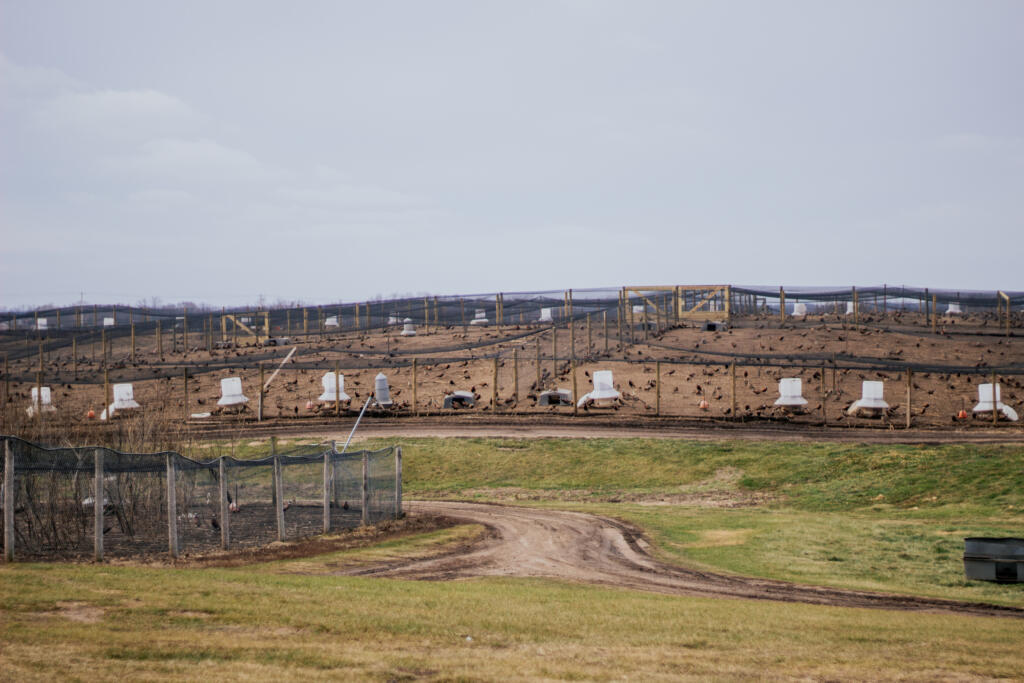Avian Influenza and the Game Bird Industry
Whether you are a veterinarian, doctor, poultry man, game bird producer or just a person who heard the news that came out of Asia during 2003 and 2004, Avian Influenza (AI) otherwise known as bird flu conjures up many thoughts and fears.
- For poultry and game bird people, the thought of AI as a disease in their flock leads to fears of not only economic loss, but possible ruination of their own livelihood as well as that of many others in the business.
- Medical doctors and veterinarians both see the threat to animals and humans, but they are equipped with the knowledge that enables them to separate fact from fiction.
- The general public may be exposed to false fears as well as well founded ones presented to them by a misinformed media.
The reason I am taking this route to introduce this subject is because the threat of AI to our business is not just from the disease itself. It is also from the threat posed to our industry by the lack of 1) education, 2) proactive approaches and 3) taking responsible action toward this disease. These three points apply to all the groups above but it will be up to the bird industry to initiate and carry them out, at times with the involvement of state and federal agencies.
Education: Type A influenza virus causes the disease itself. These viruses can be sub-typed according to protein projections on their surfaces comprised of one of sixteen hemagglutinins (H) combined with one of nine neuraminidases (N). All subtypes probably exist in avian species (105 of 144 possible combinations have been isolated) as low pathogenic avian influenza (LPAI).
These LPAI viruses cause mild or no disease in birds. LPAI can, however, mutate to HPAI (Highly Pathogenic) that can kill 75% – 100% of birds exposed.
Only subtypes of H5 or H7 have become HPAI. HPAI can mutate to cause disease in humans as the H5N1 did in Asia. This was spread from direct contact between birds and humans. There is the possibility of further mutation that would allow human-to-human spread of the disease as in the pandemics of 1918, 1957 and 1968 that resulted in millions of deaths worldwide.
Although it is a respiratory disease, AI is spread in the feces from bird to bird. The virus is easily killed with detergents and disinfectants.
Waterfowl and shorebirds are the two largest reservoirs of the viruses although it can probably be found to some extent in all bird species.
With this little bit of education, we not only see the importance for a proactive approach in the game bird industry, but what some of these measures might be.
Being Proactive: As an individual farm, plans should be developed to accomplish the following goals:
Education of employees is needed to help them understand the seriousness of this subject and what can be done to prevent AI from getting into your flock.
Bio-security plans should be developed and carried out. This includes eliminating exposure to wild birds as well as reducing risk of spread from farm to farm by trucks and equipment.
Voluntarily monitoring flocks for LPAI needs to be done by sending blood samples to an approved lab and having them use the AGID testing method for AI. (We send 30 samples every 90 days.)
This last point of being proactive is the one that carries us into our last area of concern, that of taking responsible actions.
Responsible Action: What happens if blood samples test positive for LPAI? What happens if it is an H5/H7 subtype virus? What will happen to the flock that tested positive for an H5/H7 virus and flocks in close proximity to that flock? These are all good questions with no clear-cut answers at present, most likely the answers would go like this: Further testing to confirm subtype and then a pathogenicity test if it is a H5 or H7 subtype; State and Federal notification and quarantine and testing of surrounding flocks; depopulation of infected farms and cleaning and disinfecting of sites. Scary? Yes, but not as scary as not doing anything and allowing the disease to spread to other flocks and possibly humans.
What responsible actions can we take? At present, the NPIP (National Poultry Improvement Program) is working with the turkey and chicken industries to define a plan that would help deal with H5 or H7 LPAI and provide clear-cut steps to deal with the disease along with the infrastructure to carry them out.
Thanks to efforts by members of NAGA and the senior coordinator of NPIP, Andrew Rhorer, the game bird industry is now being written into plans for H5/H7 LPAI where monitoring and indemnification will be defined and recognized by the USDA. There are lots of details to work out and meetings are scheduled for finalization in 2006. This will result in states having to establish USDA approved initial response and containment plans.
This last point is something that MacFarlane Pheasants, Inc. hopes to initiate prior to finalization. We are already beginning to work with state vets and seeking advice from organizations like the Minnesota Board of Animal Heath who oversaw the voluntary development of the Minnesota Cooperative Control Program that was designed to protect the Minnesota turkey industry from the ever-present threat of AI. It is our hope to work towards a similar type of program that will help protect all of us in the game bird industry.
Last but not least, we would like to thank Dr. David Halvorson and the College of Veterinarian Medicine at the University of Minnesota for hosting the Regional Avian Influenza meeting geared to the game bird industry.
Related Posts

Preparing Our Barns & Pens Each Spring
Read Post
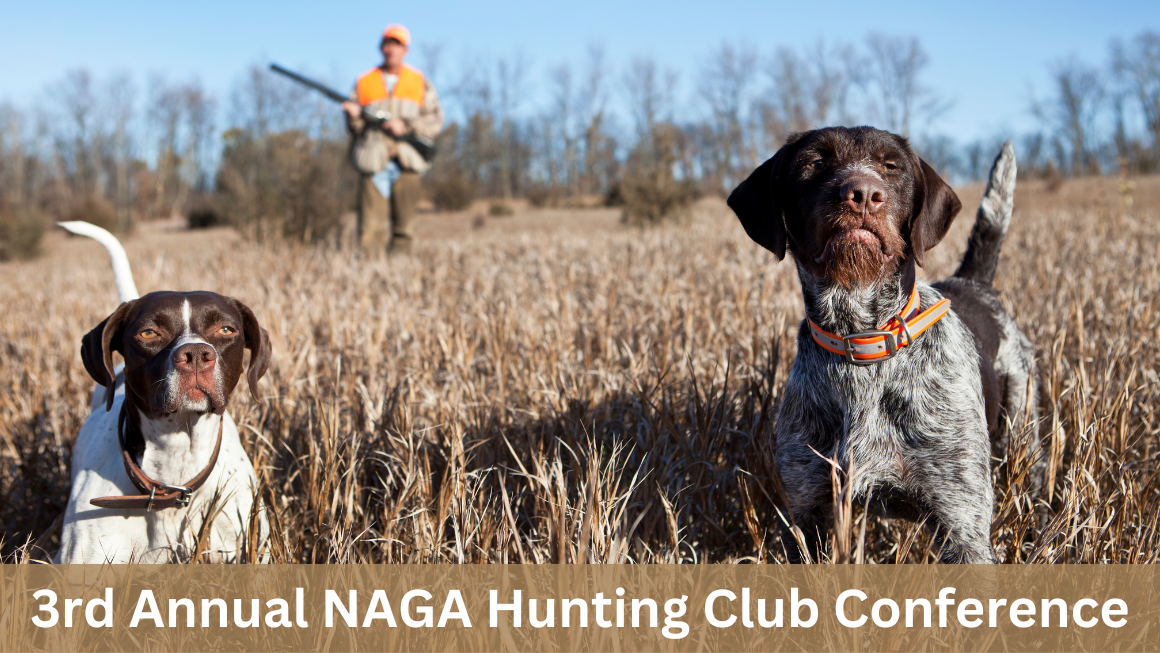
Join Us at the 3rd Annual NAGA Hunting Club Conference!
Read Post
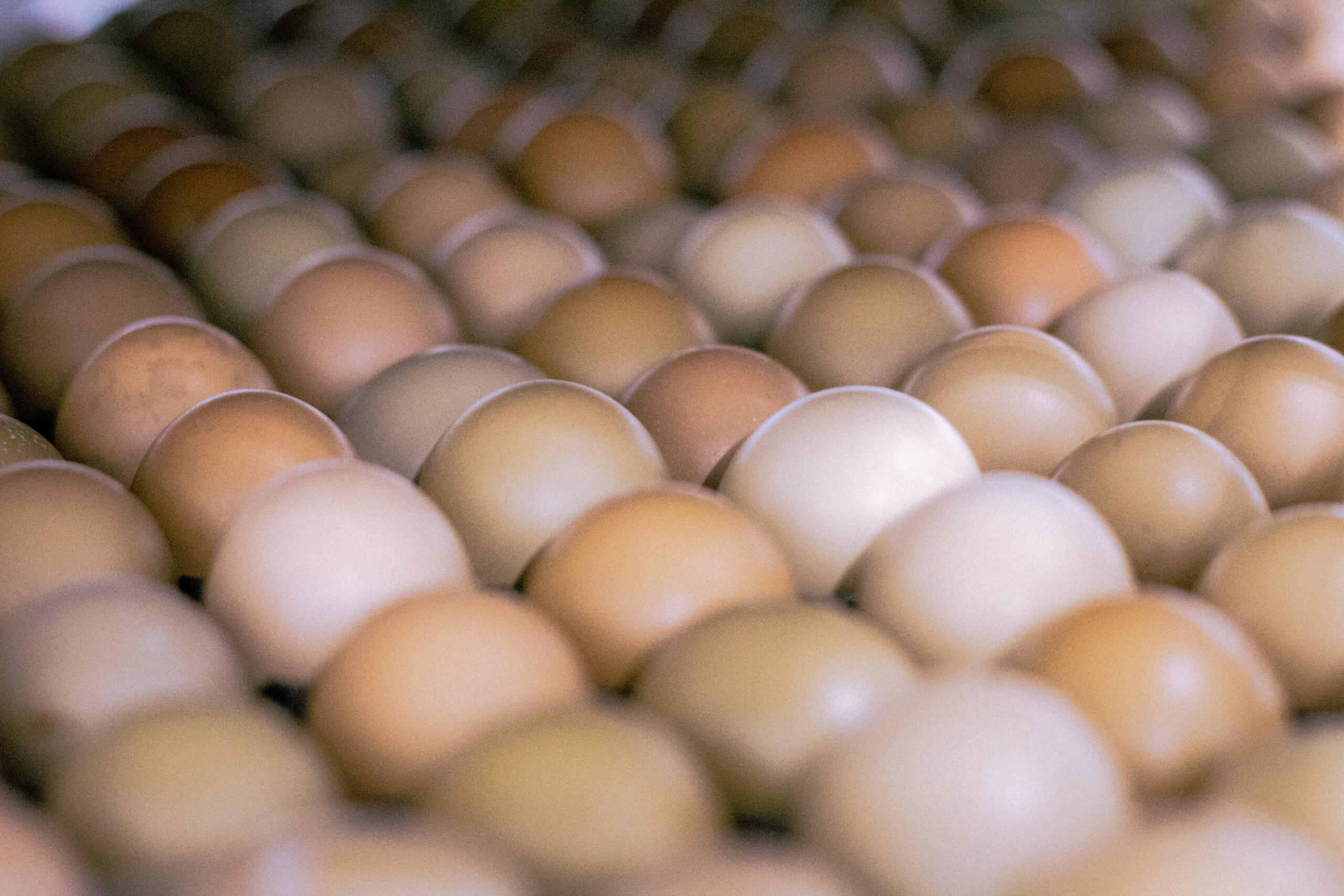
Incubation of Pheasant Eggs
Read Post

Interpreting Water Results
Read Post
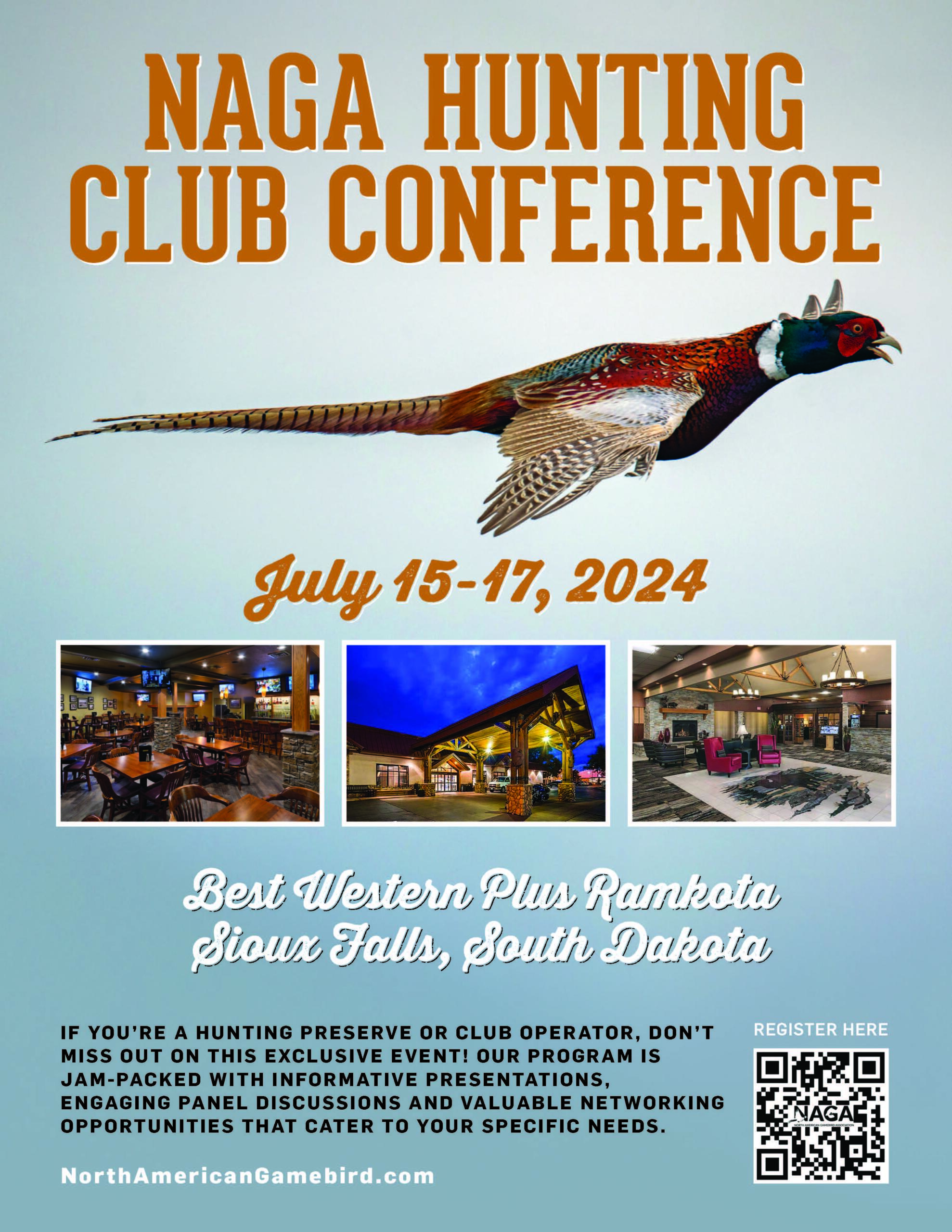
NAGA Hunting Club Conference Registration is Open!
Read Post

The 14th Biennial Pheasant Management Seminar-March 3-6, 2024
Read Post
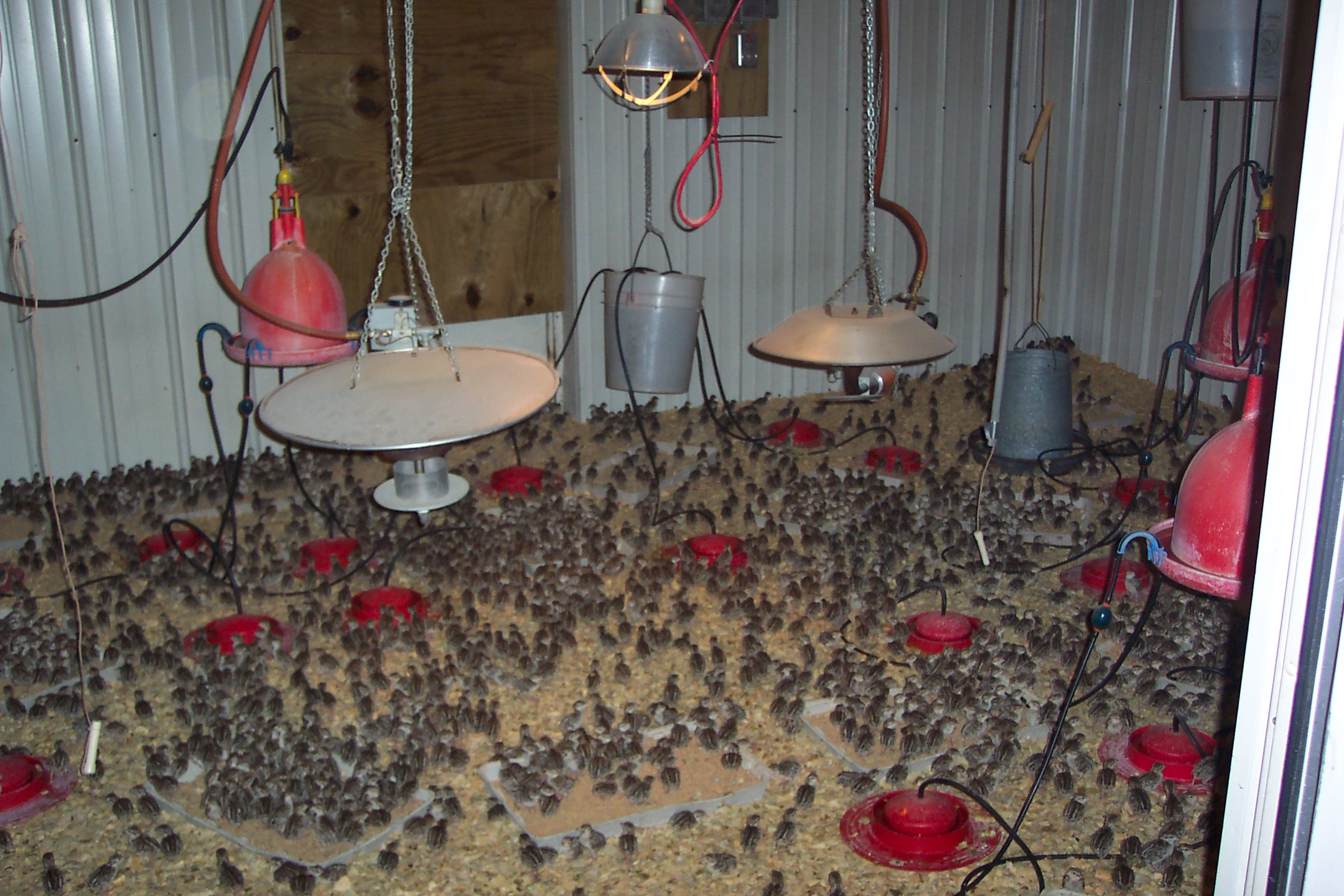
How We Prepare For Brooding Our Chicks
Read Post
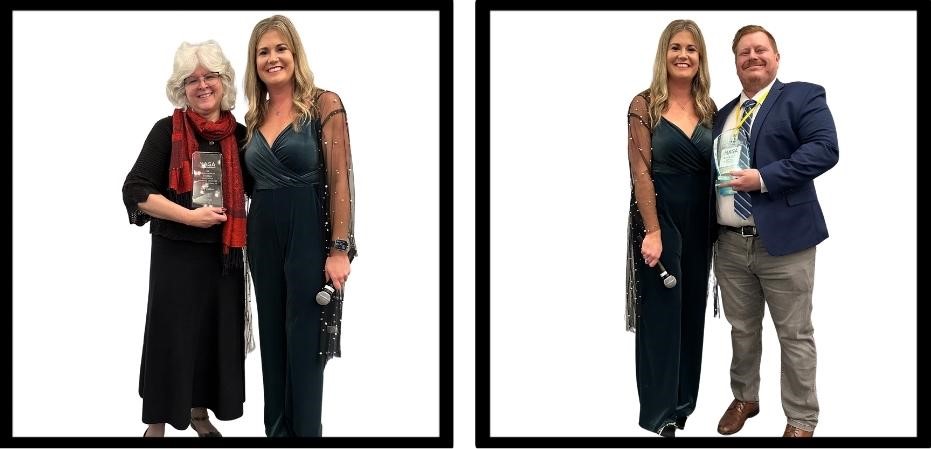
The North American Gamebird Association (NAGA) Conference 2024
Read Post
Take Advantage of These Free Resources
As the biggest game bird farm in the United States, we want to share our experience with you. Download our free resources below and get started.

